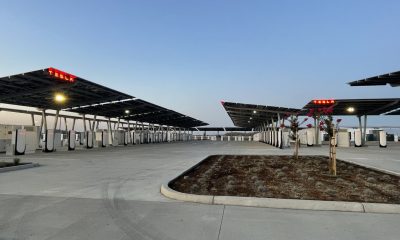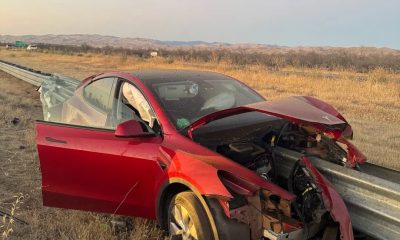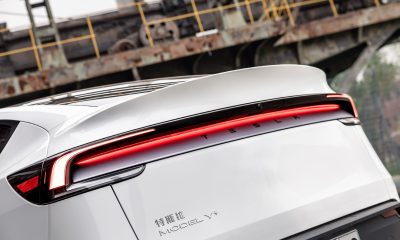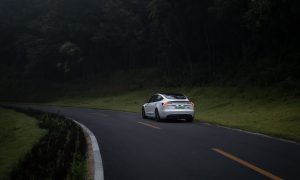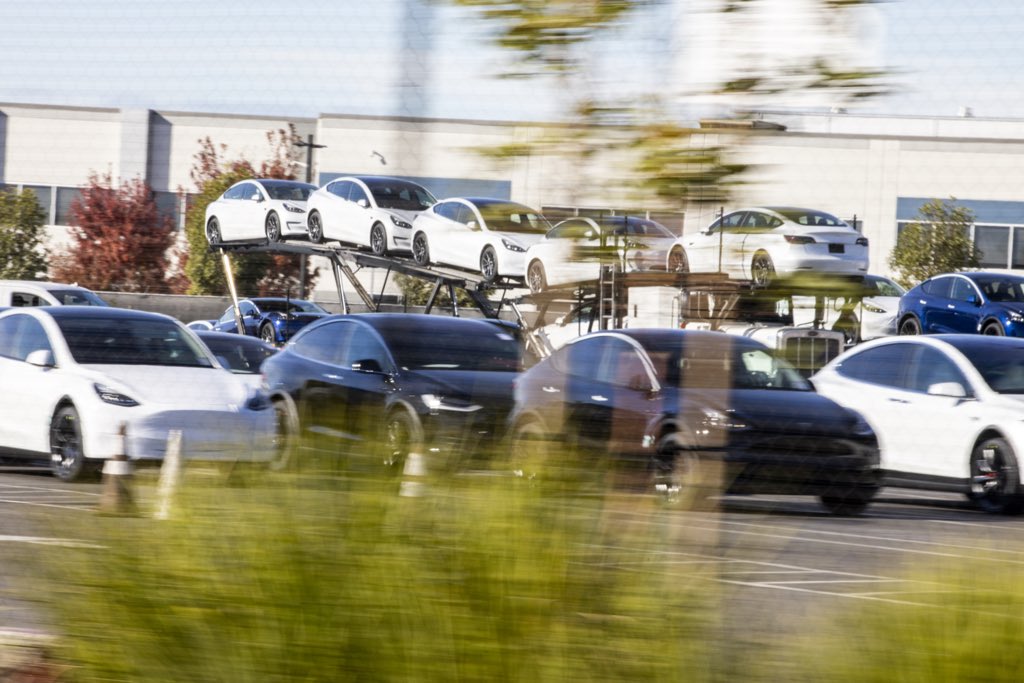

Investor's Corner
Tesla’s Elon Musk calls for an end to TSLA’s end-of-quarter vehicle delivery blitzes
Over the years, it has practically become a tradition for Tesla to engage in a massive “end-of-quarter push” that involves the company working double time in an effort to deliver as many vehicles to as many customers as possible. This, at least according to CEO Elon Musk, must change, as Tesla must come up with a way to reduce the size of its delivery wave in the final weeks of a quarter. By doing so, the company could save on costs, and employees would be saved from burnout.
Musk’s statements about Tesla’s end-of-quarter vehicle delivery blitzes were shared in an email, a screenshot of which was recently shared on Twitter. As per the message, Musk noted that the current quarter is all about minimizing the cost of vehicle deliveries. Thus, it would make sense if the company could avoid spending heavily on expedite fees, overtime, and temporary contractors, just to have everyone burned out at the beginning of the next quarter. The final line of the email is quite notable, as Tesla’s end-of-quarter pushes have partly been done to meet the market’s quarterly expectations.
Here's the full text of @elonmusk's email sent to Tesla employees last night.
Elon making moves to decrease size of end-of-quarter delivery wave. Less attention given to quarterly earnings now that Tesla has been killing it every quarter.
via @DriveTesla1 pic.twitter.com/FpEnqDRqCl
— Dave Lee (@heydave7) November 27, 2021
The following is Musk’s email:
Per my email several weeks ago, our focus this quarter should be on minimizing *cost* of deliveries, rather than spending heavily on expedite fees, overtime, and temporary contractors just so that cars arrive in Q4.
What has happened historically is that we sprint like crazy at end of quarter to maximize deliveries, but then deliveries drop massively in the first few weeks of the quarter. In effect, looked at over a six month period, we won’t have delivered any extra cars, but we would have spent a lot of extra money and burned ourselves out to accelerate deliveries in the last two weeks of each quarter!
We will still have quite a big wave of deliveries in the last few weeks of December, as we don’t yet have high volume production in Europe or Texas, which means a lot of cars on boats from China to Europe and on trucks/rail from California to the east coast arriving late in the quarter, but this is nonetheless the right time to start reducing the size of the wave in favor of a steadier and more efficient pace of deliveries. The right principle is: take the most efficient action, as though we were not publicly traded and the notion of “end of quarter” didn’t exist.
Thanks,
Elon
#Denver @tesla dominated deliveries this week. Unconfirmed reports of 200+ cars delivered both Friday, Saturday alone. Along side Tesla were 30 volunteers providing 40+ hours helping deliver and teach new owners, including a new #Model3 for @kimbal. Props to @elonmusk and team! pic.twitter.com/bmIaCZQNdg
— Sean Mitchell (@seanmmitchell) September 30, 2018
The Tesla CEO’s thesis on his message makes quite a lot of sense, especially considering the lengths that the company and its employees have gone through during the final weeks of every quarter. It was not rare in the past to have practically the entire workforce of Tesla working on vehicle deliveries, and in areas such as the United States and China, even regular owners have stepped in to help the company deliver as many electric cars as possible.
In Q3 2018, for example, Tesla volunteers across the United States helped with the company’s end-of-quarter push, aiding new owners by helping them download the Tesla mobile app and answering questions about their new vehicles. In Denver alone, some Tesla owners volunteered and provided over 40 hours of their personal time to help out. The same was true for China, as experienced owners also made it a point to aid newcomers with their electric cars’ features.
But while community-driven initiatives are admirable, Tesla has reached a point and volume where the company must focus intently on efficiency. Relying on end-of-quarter blitzes with millions of vehicles to be delivered would likely not be sustainable, after all, As Musk noted, this would involve the creation of a steadier and more efficient pace of vehicle deliveries. Such should be more plausible in the coming months, especially as Tesla starts operations in Gigafactory Berlin and Giga Texas.
Don’t hesitate to contact us with news tips. Just send a message to tips@teslarati.com to give us a heads up.
Investor's Corner
Cantor Fitzgerald maintains Tesla (TSLA) ‘Overweight’ rating amid Q2 2025 deliveries
Cantor Fitzgerald is holding firm on its bullish stance for the electric vehicle maker.
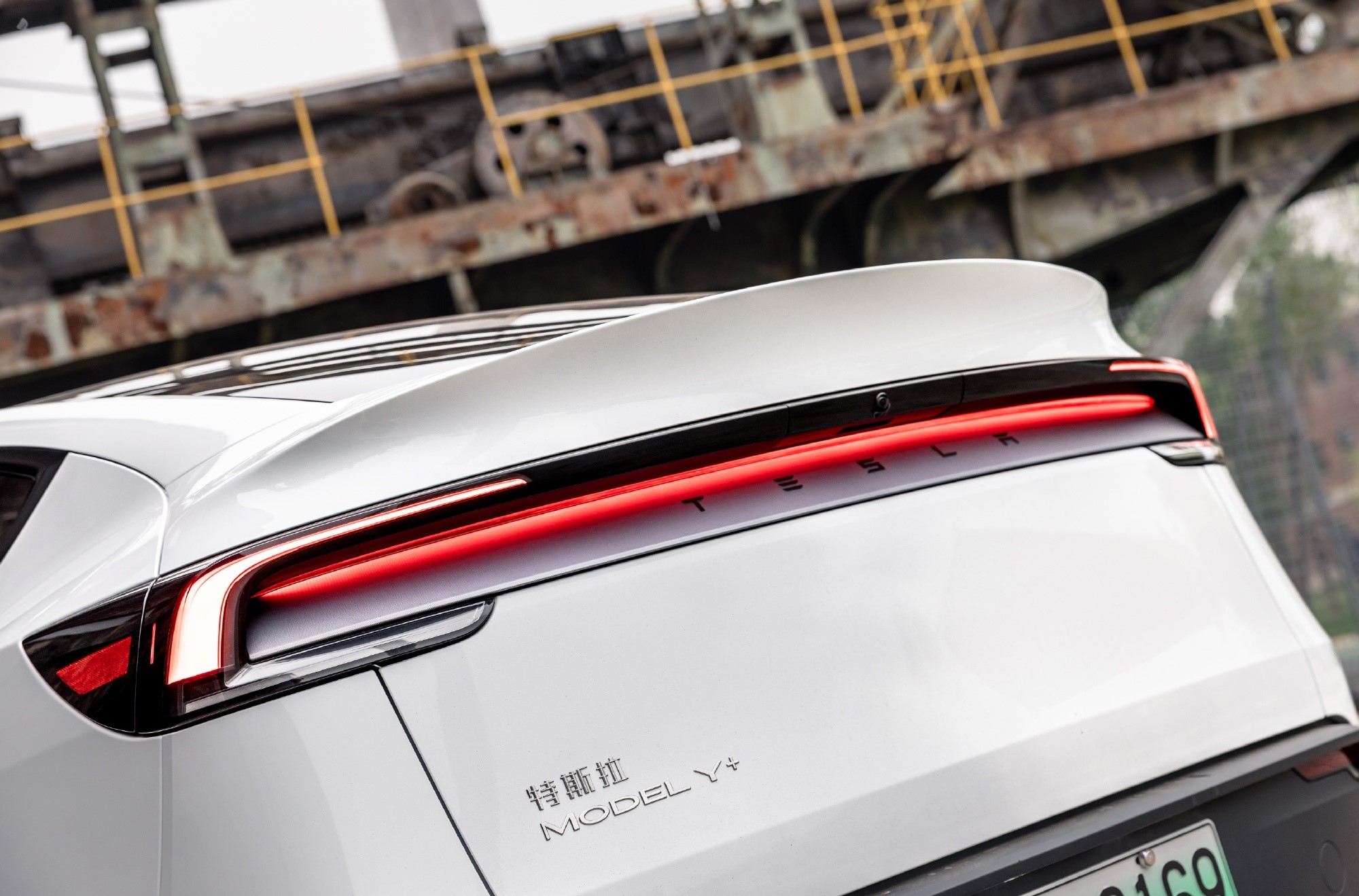
Cantor Fitzgerald is holding firm on its bullish stance for Tesla (NASDAQ: TSLA), reiterating its “Overweight” rating and $355 price target amidst the company’s release of its Q2 2025 vehicle delivery and production report.
Tesla delivered 384,122 vehicles in Q2 2025, falling below last year’s Q2 figure of 443,956 units. Despite softer demand in some countries in Europe and ongoing controversies surrounding CEO Elon Musk, the firm maintained its view that Tesla is a long-term growth story in the EV sector.
Tesla’s Q2 results
Among the 384,122 vehicles that Tesla delivered in the second quarter, 373,728 were Model 3 and Model Y. The remaining 10,394 units were attributed to the Model S, Model X, and Cybertruck. Production was largely flat year-over-year at 410,244 units.
In the energy division, Tesla deployed 9.6 GWh of energy storage in Q2, which was above last year’s 9.4 GWh. Overall, Tesla continues to hold a strong position with $95.7 billion in trailing twelve-month revenue and a 17.7% gross margin, as noted in a report from Investing.com.
Tesla’s stock is still volatile
Tesla’s market cap fell to $941 billion on Monday amid volatility that was likely caused in no small part by CEO Elon Musk’s political posts on X over the weekend. Musk has announced that he is forming the America Party to serve as a third option for voters in the United States, a decision that has earned the ire of U.S. President Donald Trump.
Despite Musk’s controversial nature, some analysts remain bullish on TSLA stock. Apart from Cantor Fitzgerald, Canaccord Genuity also reiterated its “Buy” rating on Tesla shares, with the firm highlighting the company’s positive Q2 vehicle deliveries, which exceeded its expectations by 24,000 units. Cannacord also noted that Tesla remains strong in several markets despite its year-over-year decline in deliveries.
Elon Musk
Tesla analyst issues stern warning to investors: forget Trump-Musk feud
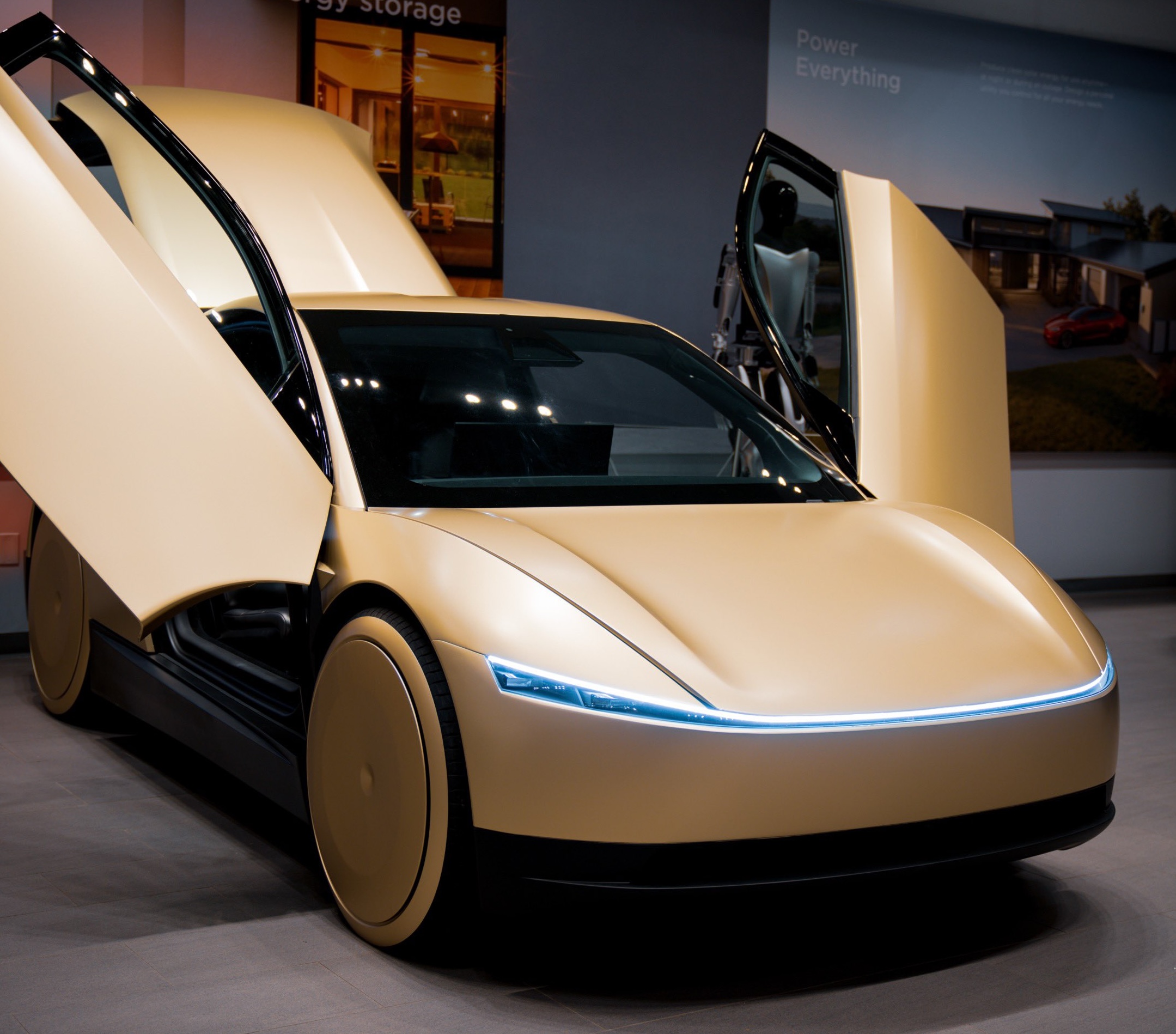
A Tesla analyst today said that investors should not lose sight of what is truly important in the grand scheme of being a shareholder, and that any near-term drama between CEO Elon Musk and U.S. President Donald Trump should not outshine the progress made by the company.
Gene Munster of Deepwater Management said that Tesla’s progress in autonomy is a much larger influence and a significantly bigger part of the company’s story than any disagreement between political policies.
Munster appeared on CNBC‘s “Closing Bell” yesterday to reiterate this point:
“One thing that is critical for Tesla investors to remember is that what’s going on with the business, with autonomy, the progress that they’re making, albeit early, is much bigger than any feud that is going to happen week-to-week between the President and Elon. So, I understand the reaction, but ultimately, I think that cooler heads will prevail. If they don’t, autonomy is still coming, one way or the other.”
BREAKING: GENE MUNSTER SAYS — $TSLA AUTONOMY IS “MUCH BIGGER” THAN ANY FEUD 👀
He says robotaxis are coming regardless ! pic.twitter.com/ytpPcwUTFy
— TheSonOfWalkley (@TheSonOfWalkley) July 2, 2025
This is a point that other analysts like Dan Ives of Wedbush and Cathie Wood of ARK Invest also made yesterday.
On two occasions over the past month, Musk and President Trump have gotten involved in a very public disagreement over the “Big Beautiful Bill,” which officially passed through the Senate yesterday and is making its way to the House of Representatives.
Musk is upset with the spending in the bill, while President Trump continues to reiterate that the Tesla CEO is only frustrated with the removal of an “EV mandate,” which does not exist federally, nor is it something Musk has expressed any frustration with.
In fact, Musk has pushed back against keeping federal subsidies for EVs, as long as gas and oil subsidies are also removed.
Nevertheless, Ives and Wood both said yesterday that they believe the political hardship between Musk and President Trump will pass because both realize the world is a better place with them on the same team.
Munster’s perspective is that, even though Musk’s feud with President Trump could apply near-term pressure to the stock, the company’s progress in autonomy is an indication that, in the long term, Tesla is set up to succeed.
Tesla launched its Robotaxi platform in Austin on June 22 and is expanding access to more members of the public. Austin residents are now reporting that they have been invited to join the program.
Elon Musk
Tesla surges following better-than-expected delivery report
Tesla saw some positive momentum during trading hours as it reported its deliveries for Q2.

Tesla (NASDAQ: TSLA) surged over four percent on Wednesday morning after the company reported better-than-expected deliveries. It was nearly right on consensus estimations, as Wall Street predicted the company would deliver 385,000 cars in Q2.
Tesla reported that it delivered 384,122 vehicles in Q2. Many, including those inside the Tesla community, were anticipating deliveries in the 340,000 to 360,000 range, while Wall Street seemed to get it just right.
Tesla delivers 384,000 vehicles in Q2 2025, deploys 9.6 GWh in energy storage
Despite Tesla meeting consensus estimations, there were real concerns about what the company would report for Q2.
There were reportedly brief pauses in production at Gigafactory Texas during the quarter and the ramp of the new Model Y configuration across the globe were expected to provide headwinds for the EV maker during the quarter.
At noon on the East Coast, Tesla shares were up about 4.5 percent.
It is expected that Tesla will likely equal the number of deliveries it completed in both of the past two years.
It has hovered at the 1.8 million mark since 2023, and it seems it is right on pace to match that once again. Early last year, Tesla said that annual growth would be “notably lower” than expected due to its development of a new vehicle platform, which will enable more affordable models to be offered to the public.
These cars are expected to be unveiled at some point this year, as Tesla said they were “on track” to be produced in the first half of the year. Tesla has yet to unveil these vehicle designs to the public.
Dan Ives of Wedbush said in a note to investors this morning that the company’s rebound in China in June reflects good things to come, especially given the Model Y and its ramp across the world.
He also said that Musk’s commitment to the company and return from politics played a major role in the company’s performance in Q2:
“If Musk continues to lead and remain in the driver’s seat, we believe Tesla is on a path to an accelerated growth path over the coming years with deliveries expected to ramp in the back-half of 2025 following the Model Y refresh cycle.”
Ives maintained his $500 price target and the ‘Outperform’ rating he held on the stock:
“Tesla’s future is in many ways the brightest it’s ever been in our view given autonomous, FSD, robotics, and many other technology innovations now on the horizon with 90% of the valuation being driven by autonomous and robotics over the coming years but Musk needs to focus on driving Tesla and not putting his political views first. We maintain our OUTPERFORM and $500 PT.”
Moving forward, investors will look to see some gradual growth over the next few quarters. At worst, Tesla should look to match 2023 and 2024 full-year delivery figures, which could be beaten if the automaker can offer those affordable models by the end of the year.
-

 Elon Musk1 week ago
Elon Musk1 week agoTesla investors will be shocked by Jim Cramer’s latest assessment
-

 News2 weeks ago
News2 weeks agoTesla Robotaxi’s biggest challenge seems to be this one thing
-

 News2 weeks ago
News2 weeks agoWatch the first true Tesla Robotaxi intervention by safety monitor
-

 Elon Musk1 week ago
Elon Musk1 week agoA Tesla just delivered itself to a customer autonomously, Elon Musk confirms
-

 News2 weeks ago
News2 weeks agoTesla Robotaxi rollout proves that Elon Musk still delivers, even if it’s late
-

 Elon Musk2 weeks ago
Elon Musk2 weeks agoxAI welcomes Memphis pollution results, environmental groups push back
-
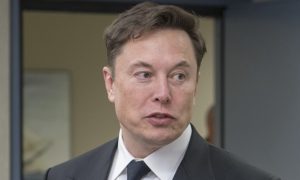
 Elon Musk2 weeks ago
Elon Musk2 weeks agoElon Musk commends Tesla team on successful Robotaxi launch
-

 Elon Musk2 weeks ago
Elon Musk2 weeks agoElon Musk confirms Tesla Optimus V3 already uses Grok voice AI




